Western Aid to Communist Soviet Union
Were the communist Soviet Union and the capitalist West mortal enemies?
Several courageous and penetrating researchers have proven that confrontation between those two regimes in the 20th century has largely been just apparent. Especially Dr Antony C. Sutton’s thorough research, which can be taken together as follows – communist Russia would not have survived without the help of the US and its allies after the bolshevik coup d’etat and long after that. His monumental work “Western Technology and Soviet Economic Development”1 and its condensed version “National Suicide: Military Aid to the Soviet Union”2 highlight a strong and substantial support of Western economic and banking forces to the Soviet communist movement and regime.
Published on May 27, 2021
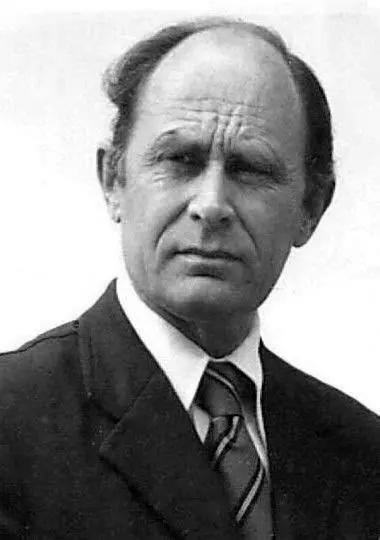
During many years, doctor of economics Antony C. Sutton (1925-2002) conducted his ground-breaking research and discovered thousands of documents that prove something, which the conventional historians have hard time to digest. He showed that the communist regime in Russia was wholly dependent on capitalist aid and trade with the US and its allies. According to Dr Sutton, by far the most significant factor in the development of the Soviet economy has been its absorption of Western technology and skills. His primary sources for data were the U.S. State Department Decimal Pile and the German Foreign Ministry Archives, supplemented by journals in half a dozen languages from a dozen countries, especially the journals published by Soviet trade representatives abroad.
Historian Richard B. Spence has also researched the subject and highlighted the “achievement” of the bolsheviks – in just a few years after 1917, they had expropriated the Russian economy from its former owners, run it into the ground, and stripped the country of gold and valuables, most of which ended up in the West – the lion’s share in America. Russia had been turned into an economic wasteland which foreign capitalists were now being invited to rebuild.3 Historian Sean Mcmeekin has described that bolsheviks opened negotiations with both Germany and the Entente powers over the possibility of commercial concessions in Russia already in the first half of 1918. The concessions game was serious: without some investment in Russia’s economy, the bolsheviks would soon find themselves ruling over a barren wasteland.4
In fact, aid from the West to the bolsheviks started already during the First World War, but this is covered in another analysis Unveil the Russian Revolutions of 1917, part 1: Money Trails and the Secret Influence.
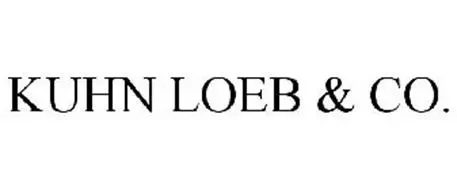
The USA, Britain and France helped the communists to consolidate their power after emerging victorious from the Civil War. Dr Sutton’s research also discovered that there was a report in the State Department files that names Jacob Schiff’s banking company Kuhn, Loeb and Co. as the financier of the First Five-Year plan of the communist Russia5.
According to Dr Sutton, there was no such thing as Soviet technology. Almost all – near 90-95 percent – came directly or indirectly from the United States and its allies. No fundamental industrial innovation of Soviet origin has been identified in the Soviet Union between 1917 and 1965, and preliminary investigation suggests that this situation continued throughout the decade of the sixties. Soviet innovations have consisted, in substance, in adopting those made first outside the U.S.S.R. or using those made by Western firms specifically for the Soviet Union and for Soviet industrial conditions and factor resource patterns.6
In effect the United States and its allies built the Soviet Union – its industrial and its military capabilities. This massive construction job was conducted during many generations, starting since the so-called Red Revolution in 1917. It was carried out through trade and the sale of plants, equipment, and technical assistance.
One of the prominent US businessmen in trade with Soviet Union since the 1930s was W. Averell Harriman. Later Harriman became the US Ambassador to the USSR and was an outspoken supporter of yet more trade. Ambassador Harriman reported back to the State Department at the end of World War II (June 1944) his conversation with Stalin:
Stalin paid tribute to the assistance rendered by the United States to Soviet industry before and during the War. Stalin said that about two-thirds of all the large industrial enterprises in the Soviet Union has been built with the United States’ help or technical assistance.
Dr Sutton has highlighted that the other one-third of large industrial enterprises were built by “help or technical assistance” mainly from Germany, France, Britain, and Italy.7
Conventional explanation
Officially, trade with the Soviet Russia was explained by the US administrations, policy-makers and businessmen as a peaceful trade, which is a must-be as it’s a way to build friendship and relations. Also, the Soviets were powerful and they were mellowing. In addition, it’s a way to a new world order.
But as Dr Sutton eloquently explained before the Republican Party National Security Subcommittee in August 1972:
No one has ever presented evidence, hard evidence, that trade leads to peace. Why not? Because there IS no such evidence. It’s an illusion. It is true that peace leads to trade. But that’s not the same thing. You first need peace, then you trade. That does not mean [that] if you trade you will get peace.
Western aid to the communist Russia
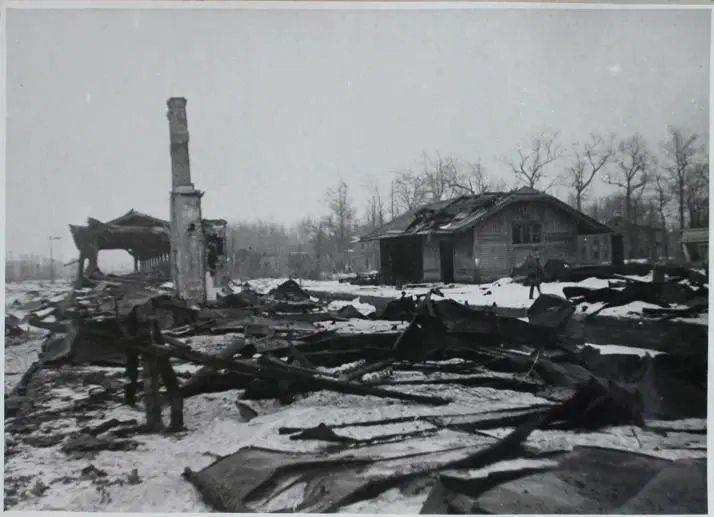
According to Dr Sutton, the economic decline which directly followed the bolshevik coup d’etat of 1917 is unparalled in the history of industrialized society. While the czarist factories were in a state of “technical preservation”, work discipline collapsed after the bolsheviks gained power, and skilled workers, engineers, and managers fled into the villages or abroad. The distribution system was abandoned as unnecessary in a socialist economy. Productivity consequently sank to abysmally low levels, and the “supply crisis” followed on the heels of the rejected distribution system. Systematic destruction of a viable economy was aided by the inflation of the ruble to zero value, the “instant demobilization of industry” decree, “free” public services, and the replacement of skilled managers with unskilled proletarians. By August 1922 the Soviet economy was at the point of collapse.8 But due to Western aid and technical assistance, this total collapse was avoided.
Several phases can be distinguished in Western aid to the Communist Russia as it was delivered and offered in various forms during those decades.
Aid between 1917-1930 (volume I)

According to Dr Sutton, the penetration of early Soviet industry by Western companies and individuals was remarkable. Western technical directors, consulting engineers, and independent entrepreneurs were common in the Soviet Union. In retrospect, perhaps the most surprising examples were the directorships held by General Electric affiliates on the boards of Soviet electrical trusts – that is on the board of Electroexploatsia, which was responsible for new electrical power stations and systems construction.9
The central mechanism for the technological transfer during this period was the concession, which is an economic enterprise in which a foreign company enters into a contract with the host country to organize, equip, and exploit a specific opportunity, under the legal doctrine of “usufruct”. In return for the burden of development, exploitation, and production, the foreign company receives a non-contractual surplus or profit, usually taxed by the host country.10 Dr Sutton revealed that the Soviets employed more than 350 foreign concessions during the 1920s. Three types of concessions were isolated:
- Type I, pure concessions;
- Type II, mixed concessions;
- Type III, technical-assistance agreements.
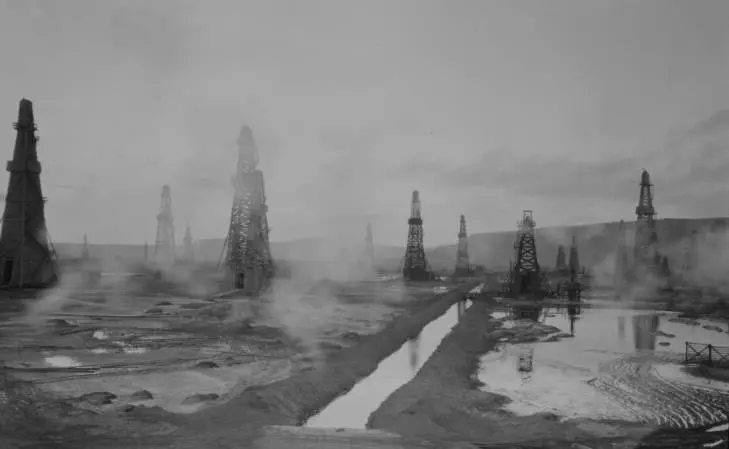
For instance, in the Caucasus oil fields – then seen as the key to economic recovery by virtue of the foreign exchange that oil exports would generate – the International Barnsdall Corporation introduced American rotary drilling techniques and pumping technology. The first International Barnsdall concession was signed in October 1921, and was followed in September of 1922 by two further agreements.
By the end of the 1920s, 80 per cent of Soviet oil drilling was conducted by the American rotary technique; there had been no rotary drilling at all in Russia at the time of the Revolution. All refineries were built by foreign corporations, although only one, the Standard Oil lease at Batum, was under a concessionary arrangement – the remainder were built under contract. A.E.G., General Electric and Metropolitan-Vickers were the major operators in the machinery sectors.
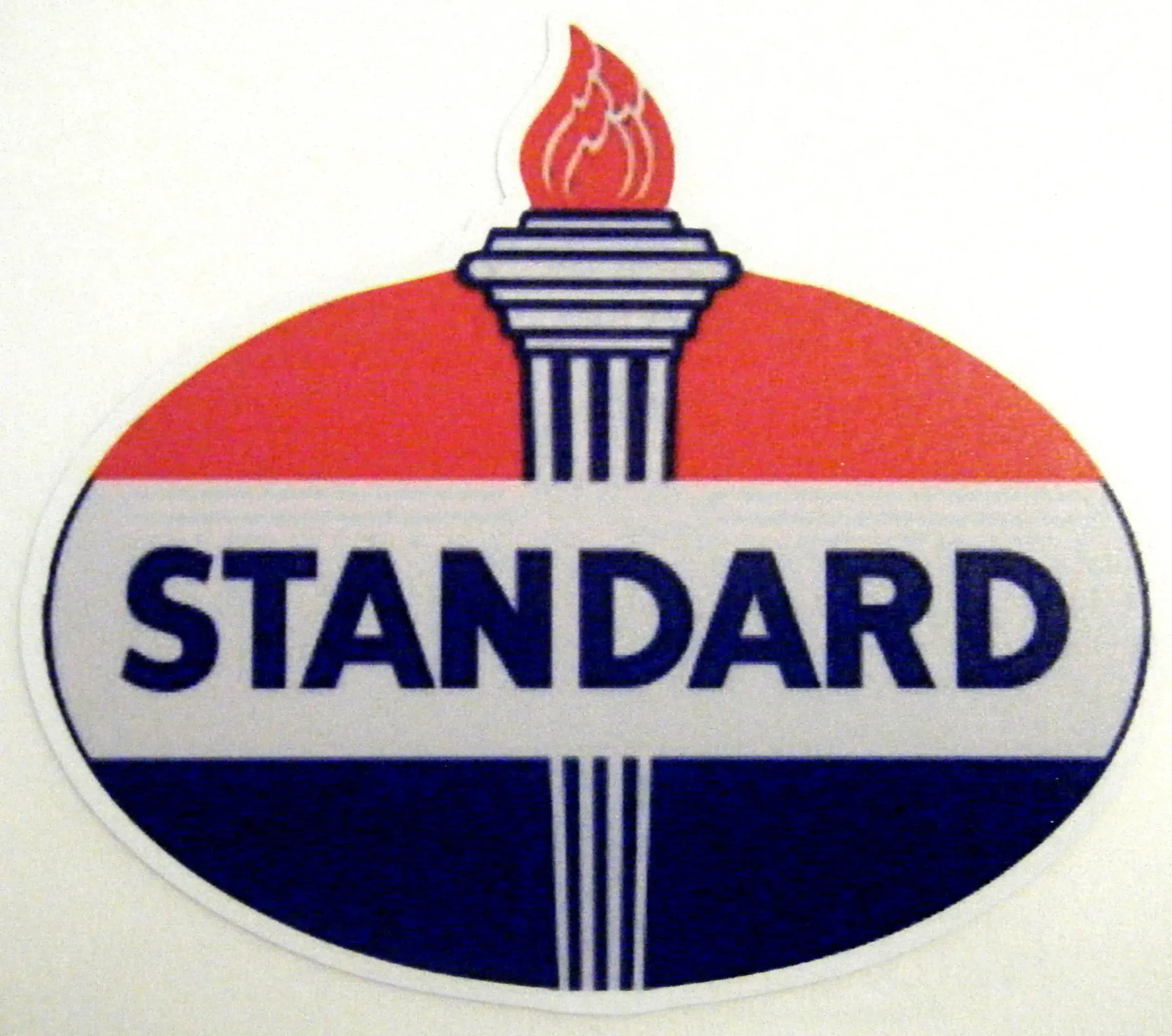
Jacob Schiff’s Kuhn, Loeb & Co and Rockefeller’s Standard Oil and Chase National Bank had big part in aiding the communists after they had attained power. According to Dr Sutton, Standard Oil built a refinery in Russia in 1921 to strengthen the bolshevik economy. Standard Oil also bought up half of the oil wells in Caucasia even though these were officially nationalized11. Of nineteen refineries and cracking plants built between 1917 and 1930, only one had some units manufactured in the U.S.S.R. and even that was under British technical supervision, using the United States Winkler-Koch process.12 Standard Oil and its subsidiary company Vacuum Oil sold the Soviet oil to other European countries. Also, In 1928, Chase National Bank began selling Soviet bonds in the United States.
Dr Sutton concluded from his analysis that for the period 1917 to 1930 Western assistance in various forms was the single most important factor first in the sheer survival of the Communist regime and secondly in helping industrial progress to pre-revolutionary levels.
Aid between 1930 to 1945 (volume II)
In the 1930s, concessions were replaced by the technical-assistance agreements, which together with imports of foreign equipment and its subsequent standardization and duplication, constituted the principal means of development during the period 1930 to 1945.
For instance, iron and steel plant construction and reconstruction in the period from 1928 through 1932 was of American design and was built under the supervision of American and some German engineers, utilizing imported equipment from either the United States or Germany but usually manufactured to American design.

The general design and supervision of construction, and much of the supply of equipment for the gigantic plants built between 1929 and 1933 was provided by Albert Kahn, Inc., of Detroit, the then most famous of U.S. industrial architectural firm. No large unit of the construction program in those years was without foreign technical assistance, and because Soviet machine tool production then was limited to the most elementary types, all production equipment in these plants was foreign. Soviet sources indicate that 300,000 high-quality foreign machine tools were imported between 1929 and 1940. These machine tools were supplemented by complete industrial plants: for example, the Soviet Union received three tractor plants (which also doubled as tank producers), two giant machine-building plants (Kramatorsk and Uralmash), three major automobile plants, numerous oil refining units, aircraft plants, and tube mills.
To conclude, in the period 1930 to 1945 the Soviets generally no longer required foreign engineers as operators inside the U.S.S.R. as they had in the concessions of the 1920s, but they still required foreign designs, foreign machines (the machines to produce machines), and complete foreign plants in new technical areas.
Aid between 1945 to 1965 (volume III)
In the immediate postwar period the Soviets transferred a large proportion of German industry to the Soviet Union – at least two-thirds of the German aircraft industry, the major part of the rocket production industry, probably two-thirds of the electrical industry, several automobile plants, several hundred large ships, and specialized plants to produce instruments, military equipment, armaments, and weapons systems. In the late 1950s all this industrial capacity had been absorbed and the Soviets turned their attention to the deficient chemical, computer, shipbuilding, and consumer industries, for which German acquisitions had been relatively slight.
A massive complete-plant purchasing program was begun in the late 1950s – for example, the Soviets bought at least 50 complete chemical plants between 1959 and 1963 for chemicals not previously produced in the U.S.S.R. A gigantic ship-purchasing program was then instituted, so that by 1967 about two-thirds of the Soviet merchant fleet had been built in the West. More difficulty was met in the acquisition of computers and similar advanced technologies, but a gradual weakening of Western export control under persistent Western business and political pressures produced a situation by the end of the sixties whereby the Soviets were able to purchase almost the very largest and fastest of Western computers.
Western aid to Soviet military complex
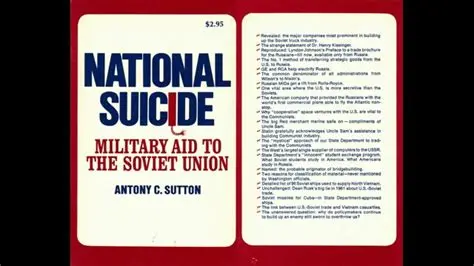
Dr Sutton stated in his testimony presented before the Republican Party National Security Subcommittee at the 1972 Miami Beach convention on August 15, 1972:
The United States is spending $80 billion a year on defense against an enemy built by the United States and West Europe. Even stranger, the U.S. apparently wants to make sure this enemy remains in the business of being an enemy.
Soviet military complex acquired its necessary parts and materials for making military equipment (guns, tanks, aircraft) from the Soviet industry, that is steel, plastics, rubber, aluminum alloys, stainless steel, electrical wiring, pumps etc. Here are some examples of the origin of those materials:
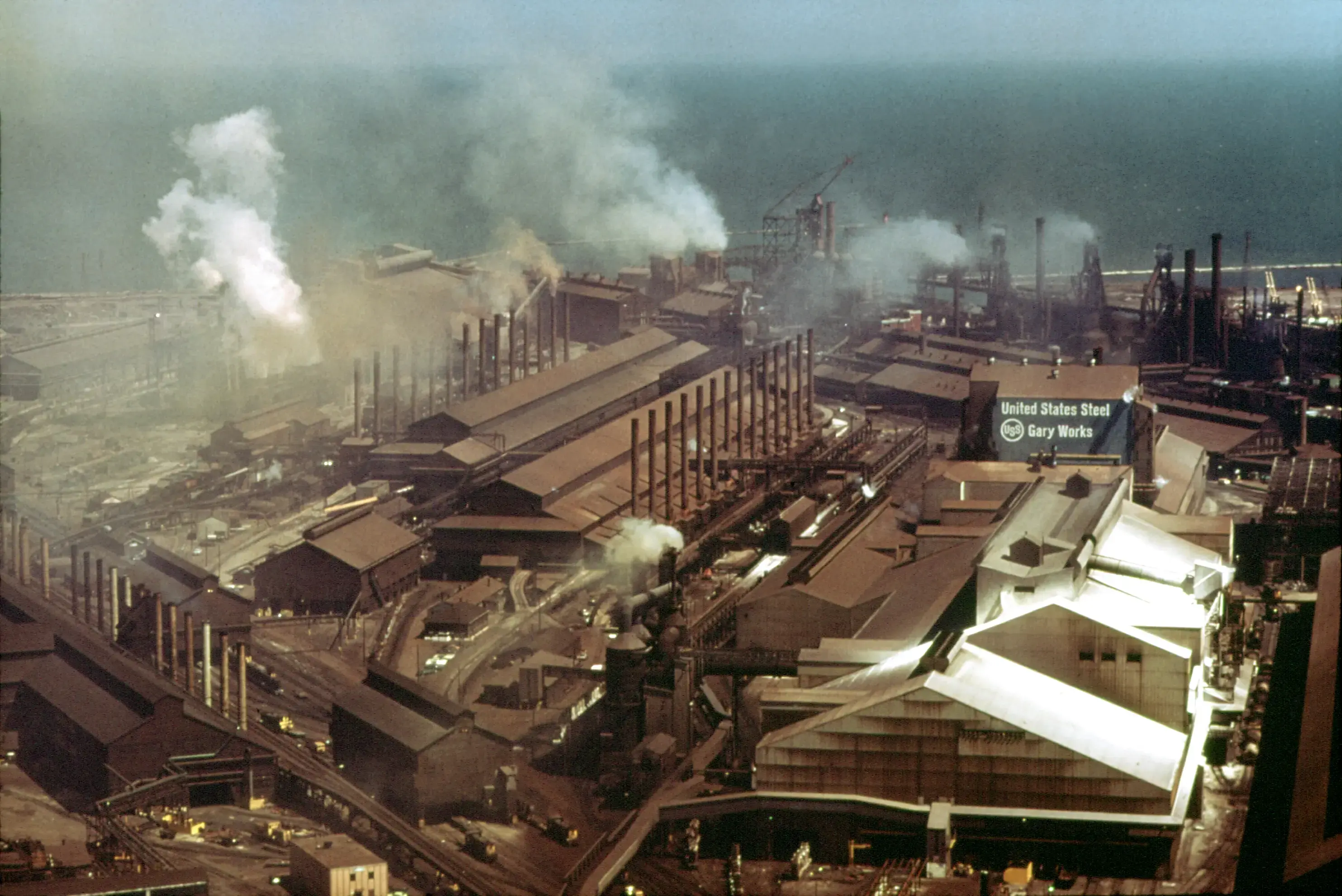
- The Soviets had the largest iron and steel plant in the world. It was built by McKee Corporation. It was a copy of the U.S. Steel plant in Gary, Indiana. All Soviet iron and steel technology comes from the U.S. and its allies.
- The Soviets had the largest tube and pipe mill in Europe – one million tons a year. The equipment came from Fretz-Moon, Salem, Aetna Standard, Mannesman.
- The Soviets had the largest merchant marine in the world – about 6,000 ships. About 2/3 were built outside the Soviet Union and about 4/5 of the engines for these ships were also built outside the Soviet Union.
- Ship engines built inside the USSR were built with foreign technical assistance. E.g. the Bryansk plant, which made the largest marine diesels, concluded a technical assistance agreement with Burmeister & Wain of Copenhagen, Denmark, a US ally.

- All Soviet automobile, truck, and engine technology came from the West: chiefly the United States. Dr Sutton’s has in his research listed each Soviet plant, its equipment and who supplied the equipment. The Soviet military had in the 1970s over 300,000 trucks – all from these U.S. built plants. Up to 1968 the largest motor vehicle plant in the USSR was at Gorki, which produced the Soviet jeep and half a dozen other military vehicles. Gorki (Gorkovsky Avtomobilny Zavod) was built by the Ford Motor Company and the Austin Company.
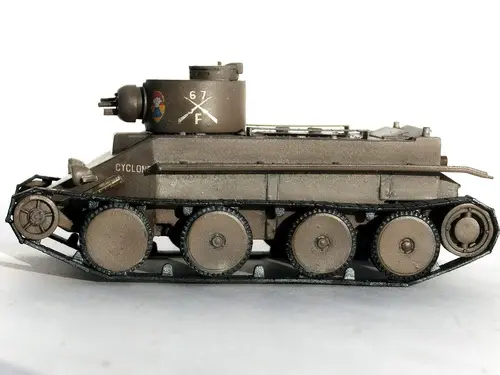
- Soviet tanks before World War II owed much to American, British, and, to a lesser extent, French and Italian design work. During the 1920s and 1930s the Soviets acquired prototype tanks from all producing countries and based their own development upon the most suitable of these foreign models. Walter Christie, well-known American inventor with numerous automotive and tank inventions to his credit, developed the Christie tank – the basis of World War II American tanks. Two chassis of the Christie M 1931 model medium tank (MB) were purchased by the Soviet Union in 1932 from the U.S. Wheel Track Layer Corporation. The Soviet T-34 and the American M3, both based on the Christie, had the same 12-cylinder aero engine: a V-type Liberty of 338 horsepower.
Western intent for technical transfer
According to Dr Sutton, there is one fundamental observation to be made on the Western intent: throughout the period of 50 years from 1917 to 1970 there was a persistent, powerful, and not clearly identifiable force in the West making for continuance of the technical and knowledge transfers.
In order to comprehend better such intent, we should note Dr Carroll Quigley’s insight that “the powers of financial capitalism had another far reaching aim, nothing less than to create a world system of financial control in private hands able to dominate the political system of each country and the economy of the world as a whole.” According to historian Richard B. Spence it would be impossible to do so without Russia.13
Harvard professor Richard Pipes (author of “Communism. A History”) said of Dr Sutton work in his book the following:
In his three-volume detailed account of Soviet Purchases of Western Equipment and Technology … Sutton comes to conclusions that are uncomfortable for many businessmen and economists. For this reason his work tends to be either dismissed out of hand as ‘extreme’ or, more often, simply ignored."14
Other researchers on Western aid to the communists
Several researchers have also highlighted close connections between the Western assistance, resources and building up the communist totalitarian USSR.
Gary Allen has discussed that American companies began to build up Soviet Russia’s heavy industry of the beginning of the 1920’s. The Russian-American trade delegation was founded in 1922, which had the primary task to save the bolshevik economy. Rockefeller’s Chase National Bank played a major role in this delegation and Herbert Clark Hoover found the money for food deliveries.
Allen also argues that the Western financial elite wanted to use market economy capitalism as an anvil and communism as a hammer to rule the world and entirely subdue it15.
George F. Kennan has stated the following:
Never, surely, have countries continued to show themselves so much at their worst as did the Allies in Russia from 1917 to 1920. Among other things, their efforts served everywhere to compromise the enemies of bolshevism and to strengthen the communists themselves. So important was this factor that I think it may well be questioned whether bolshevism would ever have prevailed throughout Russia had the Western governments not aided its progress to power by this ill-conceived interference.16
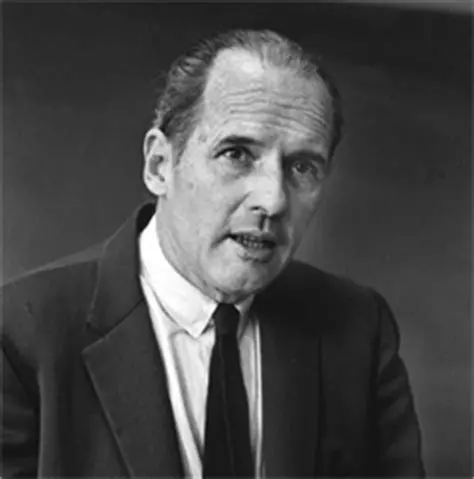
Carroll Quigley, the author of “Tragedy and Hope”, has highlighted:
“… societies such as Soviet Russia which have, because of lack of the tradition of scientific method, shown little inventiveness in technology are nevertheless able to threaten Western Civilization by the use, on a gigantic scale, of a technology almost entirely imported from Western Civilization”.17
Researcher Gurudas has pointed out:
The view that capitalists and communists are enemies is a fraud perpetuated to hide the fact that both groups have long worked together. When Trotsky died, “Foreign Affairs” in January 1941 said: “He gave us, in a time when our race is woefully in need of such restoratives, the vision of a man. Of that there is no more doubt than of his great place in history. In an 11-page salute, the lords of Wall Street bid farewell to comrade Trotsky. International communism was created by the bankers to enslave the masses. Few scholars acknowledge, this partly because universities and think-tanks often get money from the banks and corporations that committed this treason.”18
Oswald Spengler, the author of a ground-breaking book The Decline of the West (Der Untergang des Abendlandes) has stated:
There is no proletarian, not even a communist movement, that has not operated in the interests of money, and for the time being permitted by money – and that without the idealists among its leaders having the slightest suspicion of the fact.
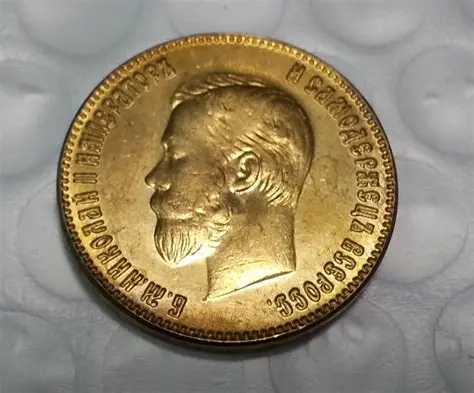
Finally, historian Sean Mcmeekin has in his thorough research highlighted another important aspect – Western assistance to the bolshevik criminals in laundering the enormous looted gold from Russia, trading it for all kinds of goods and gain and so keeping the ruthless communist regime in power. Looted gold was virtually the only moveable asset the bolsheviks enjoyed for many years after the so-called Red Revolution. Bolsheviks needed many things from the West for their warfare machine and capitalist West was eager to provide everything needed: German automatics and American rifles, artillery, and cannon, with shells, rounds, gunpowder, and explosives; poison gas; military aircraft, vehicles, and trains (plus engines and spare parts for all of them); cloth for uniforms and greatcoats; binoculars, goggles, and boots in the millions; foodstuffs, pots, and pans for field kitchens; entrenching equipment, field telephones, steel cable, and communications wire; medicines, painkillers, and cigarettes; and not least, the blank paper, ink, and film stock for the propaganda that was the true mother’s milk of bolshevism.
For Mcmeekin, most striking of all was that many of the bolsheviks’ principal foreign “financiers of genocide,” unlike Switzerland’s stubborn “Nazi gold” apologists hiding behind banking secrecy laws, made no attempt to conceal their contributions to the triumph of bolshevism. If they were ever asked about their role in laundering stolen bolshevik gold, silver, platinum, jewelry, and diamonds, such men described these activities openly and with pride, even, in one extraordinary case, while under hostile police interrogation. The problem of bolshevik gold may have disappeared from the history books, but it fairly screams out for attention in the foreign office files of the Entente powers, to anyone who looks at them. The story of bolshevik gold movements and their role in assuring the triumph of bolshevism is simply waiting to be written.19
Revealers fate
What happened to the revealers of such facts on the US and its allies massive aid to the communist Russia?
As Dr Sutton itself have put it before the Republican subcommittee in 1972:
Many people – as individuals – have protested our (the US) suicidal policies. What happens? Well, if you are in Congress – you probably get the strong arm put on you. The Congressman who inserted my research findings into the Congressional Record suddenly found himself with primary opposition. He won’t be in Congress next year. If you are in the academic world – you soon find it’s OK to protest U.S. assistance to the South Vietnamese but never, never protest U.S. assistance to the Soviets. Forget about the Russian academics being persecuted – we mustn’t say unkind things about the Soviets.
As to Dr Sutton, he spoke and gave a testimony before the Republican subcommittee in 1972, but his news conference was cancelled and when he returned to the Hoover Institution at Stanford University he was ordered to not make any public statements and his contract with the Hoover Institute was not renewed20.
Conclusion
In striking contrast to official versions on the confrontation between the capitalist West and the communist Russia, there is plenty of evidence and facts to state the opposite. Capitalist West aided systematically and purposefully the communist regime to be built up and survive for over 70 years. The survival of the Soviet Union has been in the hands of Western governments.
Those facts have systematically been hidden and muted by the authorities and business circles. The motives and backgrounds of such actions should be reflected upon by every serious seeker, who makes efforts to understand the happenings in our present civilization.
Antony Sutton Western Technology and Soviet Economic Development Volume I (1968); Volume II (1971); Volume III (1973) ↩︎
Published in 1973 ↩︎
Richard B. Spence Wall Street and the Russian Revolution: 1905-1925 (2017), chapter 11, (587-706 epub) ↩︎
Sean McMeekin History’s Greatest Heist: The Looting of Russia by the Bolsheviks (2009), 97 ↩︎
Sutton Western Technology and Soviet Economic Development, volume II, 340 ↩︎
Sutton Western Technology and Soviet Economic Development, volume III, XXV ↩︎
Sutton Western Technology and Soviet Economic Development, volume II, 3 ↩︎
Sutton Western Technology and Soviet Economic Development, volume I, 344-345 ↩︎
Sutton Western Technology and Soviet Economic Development, Volume I, 6 ↩︎
Sutton Western Technology and Soviet Economic Development, Volume I, 7 ↩︎
Harvey O’Connor The Empire of Oil (1955), 270 ↩︎
Antony Sutton Western Technology and Soviet Economic Development, Volume II, 35 ↩︎
Spence Wall Street and the Russian Revolution: 1905-1925 (2017), introduction ↩︎
Richard Pipes Survival Is Not Enough: Soviet Realities and America’s Future (1984), 290 ↩︎
Gary Allen None Dare Call It Conspiracy ↩︎
George F. Kennan Russia and the West under Lenin and Stalin (1960), 117-118 ↩︎
Carroll Quigley Tragedy and Hope (1966), 15 ↩︎
Gurudas The New World Order (1996), 81 ↩︎
Sean McMeekin History’s Greatest Heist: The Looting of Russia by the Bolsheviks (2009), 3-5 ↩︎
Gurudas The New World Order (1996), p.79 ↩︎

